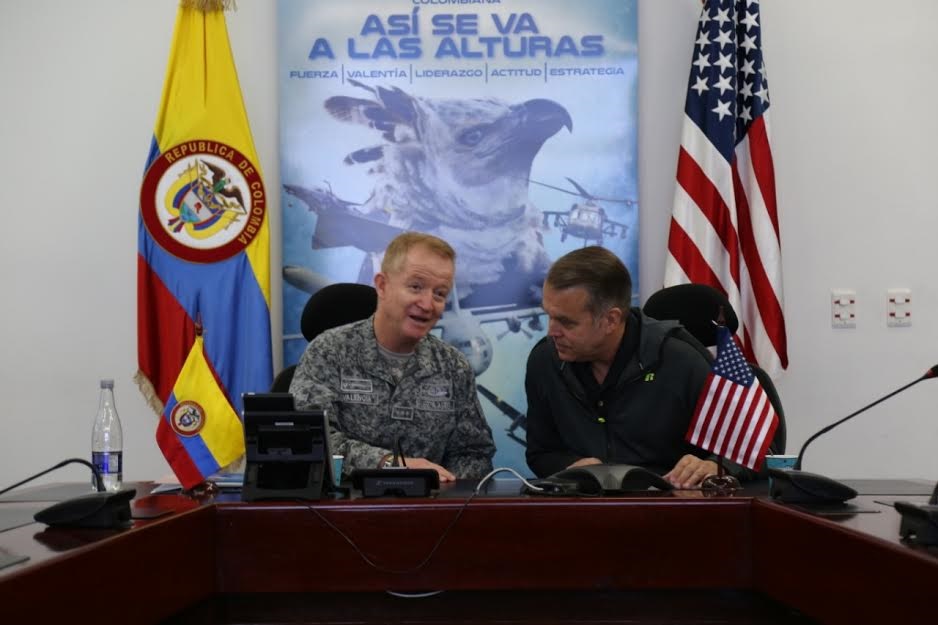

More than half were in Latin America and these included Colombia, Peru, Bolivia, and Venezuela. For 2021, 22 such classifications were issued. As part of the war on drugs, each year the President issues a memorandum classifying the major drug transit or producing countries. Globally, Colombia produces about 70 percent of cocaine.

Five years later, its share held steady at 89 percent. In 2015, 90 percent of all cocaine seized in the United States originated there. Despite hopes that production would decline with the 2016 signing of a peace treaty between Colombia and the Revolutionary Armed Forces of Columbia (FARC), it increased from 877 to 936 metric tons from 2018 to 2019. In 2019, it had 212,000 hectares dedicated to cultivation. Colombia remains the world’s largest producer. In fact, cocaine is, and Colombia, Peru, and Bolivia are its main purveyors. A common misconception is that the region’s most commonly trafficked drug is heroin. Latin America is the hub for global narcotics production.
Senate Report on ApCivilian Aircraft Shootdown. CIA Procedures Used in Narcotics Airbridge Denial Program. national security interests extends far beyond Latin America.ĮXPAND YOUR KNOWLEDGE External Links to Additional Resources Several countries in the region are initiating or renewing aerial interdiction laws, which in turn will affect our ability to partner with them. Events over the last 10 years, however, indicate that this issue deserves reconsideration. Although aerial drug interdiction remains a lively issue for partner countries in the region, the legal authority to target civil aircraft within a country’s airspace has received little attention here. Since then, the United States has not entered into similar ABDPs. As part of this agreement, the parties outlined measures to prevent the tragedy in Peru from reoccurring, such as improved communication channels and enhanced foreign language training requirements. In 2003, it agreed to restart an ABDP with Colombia. The goal was to deter the use of private aircraft to transport cocaine from Peru to Colombia.Īfter the 2001 incident, the United States suspended the ABDP and ultimately decided not to reinitiate the program with Peru. The goal was to deter the use of private aircraft to transport cocaine from Peru to Colombia. Air Force would provide partner air forces with flight paths, times, departure points, and destinations of suspicious flights. This tragedy was the unintended consequence of an effort to combat drug trafficking starting in the mid-1990s, known as the Air Bridge Denial Program (ABDP), whereby the U.S. Believing that the apparently uncooperative pilot was a drug trafficker, Peru’s A-37 shot down the aircraft, wounding the American pilot and killing two innocent passengers, an American Baptist missionary and her young daughter. and Peruvian officials classifying the plane as suspect aircraft, but their attempts at radio contact never reached the civilian pilot. 
#Airbridge denial program jiatf south series
A series of communication errors led to a team of U.S. An unidentified civil aircraft was sighted in Peruvian airspace. support for foreign counternarcotic operations. AIRCRAFT DOWNĮarly on April 20, 2001, an event occurred that would long mark the nature of U.S. Reconsideration of this policy is long overdue. policy on aerial interdictions was made in haste after a tragic accident.







 0 kommentar(er)
0 kommentar(er)
